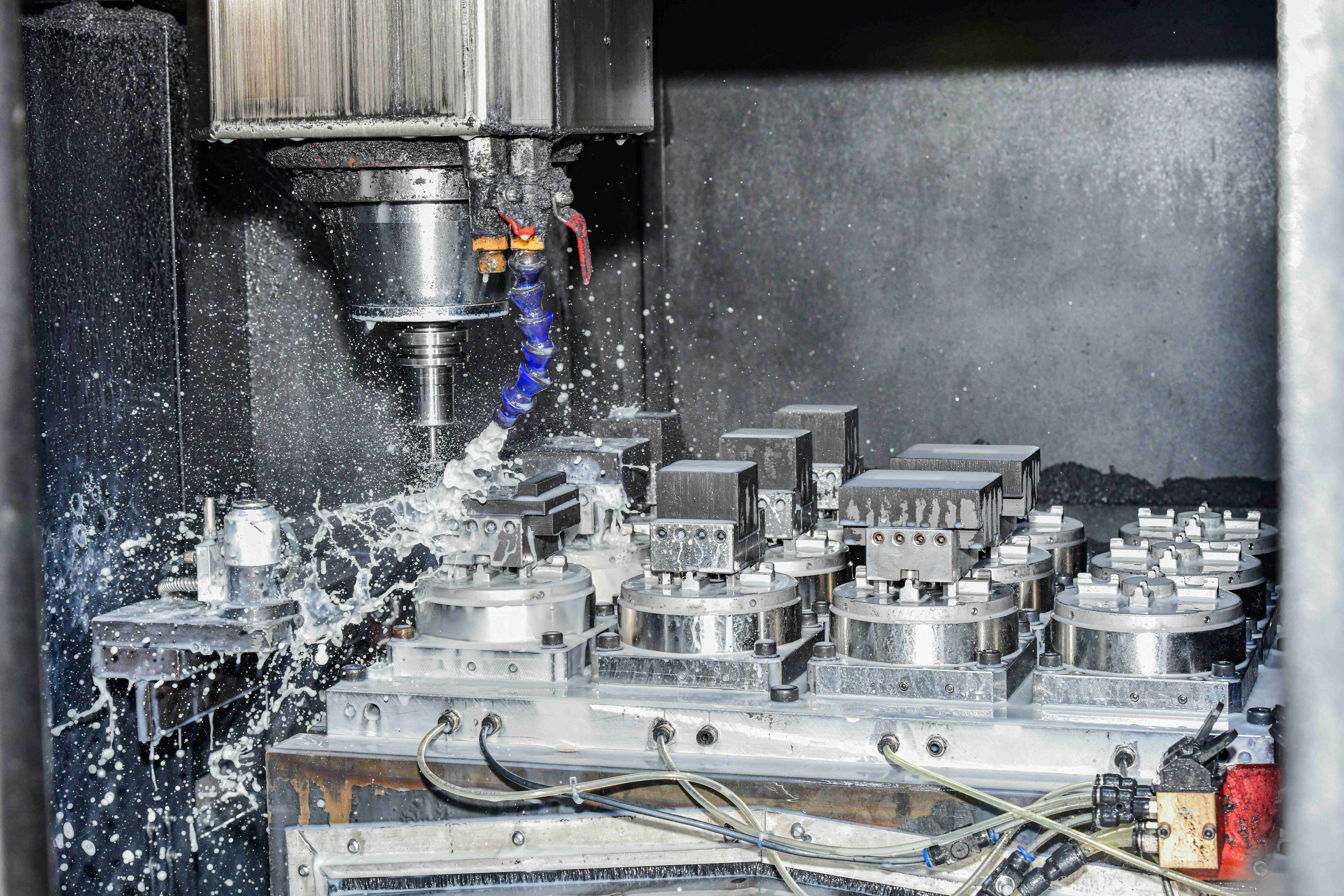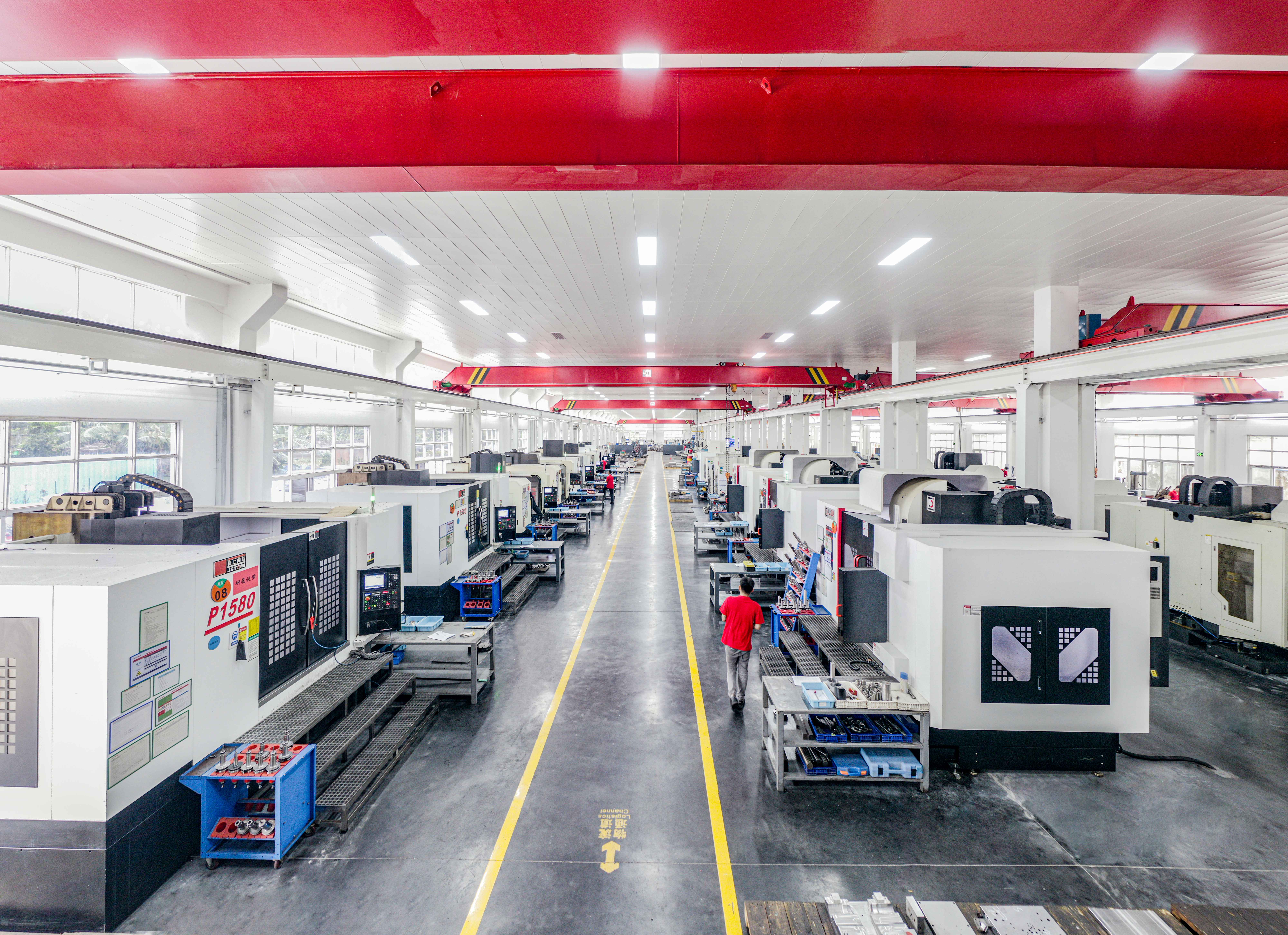A significant portion of individuals frequently conflate the terms "rapid tooling" and "rapid prototyping," often employing them interchangeably. However, it is crucial to recognize that these two processes are entirely distinct, with markedly divergent applications. This misinterpretation can result in misinformed expectations and misguided decisions during the product development journey. This article aims to provide a comprehensive clarification of the disparities between these terms. Let us delve into a detailed exploration of these concepts.

Rapid Tooling and Rapid Prototyping Process
Rapid tooling is an advanced manufacturing method designed to produce high-quality molds and tools in a much shorter time. This approach employs a range of sturdy materials, including metals and high-performance plastics. The procedure begins with the development of a CAD model, which then guides the mold design. Subsequently, the mold undergoes fabrication through methods like CNC machining or additive manufacturing. The process concludes with assembly and final touches.
In contrast, rapid prototyping focuses on crafting a sample of any tangible item based on DFM (design for manufacturability analysis), machining & fitting, and quality inspection. This technique allows for the use of various materials, from plastics to metals. The journey starts with a comprehensive DFM analysis, and the next step is machining with different machines. Depending on the end goal, additional steps might be necessary to refine the finish and ensure optimal performance.
Comparing Rapid Tooling and Rapid Prototyping
Rapid tooling and rapid prototyping differ in a variety of manners, including:
Objectives
- Rapid Tooling: The primary aim of rapid tooling is to craft tools and molds tailored for large-scale production. These tools are designed to be robust, enduring extended usage and challenging conditions.
- Prototyping: Rapid prototyping's focus is on generating a tangible model of a component or product. This aids in testing and verifying the design, ensuring it meets desired specifications and functions correctly.
Materials
- Tooling: Rapid tooling primarily employs hard-wearing materials like metals and top-tier plastics. These materials ensure the tools remain resilient and can handle demanding operational scenarios.
- Rapid Prototyping: This approach offers a wider material palette, encompassing various plastics and metal materials, providing flexibility in the creation process.
Speed
- Tooling: The lead times in rapid tooling are generally longer compared to rapid prototyping. This longer timeframe is necessary due to the precision required in creating tools and molds that meet production standards.
- Rapid Prototyping: This process is much speedier, facilitating a quick turnaround that is crucial for iterative design and testing phases, enabling swift modifications of new prototypes based on feedback.
Cost
- Tooling: While the starting costs for rapid tooling might be on the higher side, it proves economical in the long run, especially for extensive production batches. This balances out the initial expenses.
- Prototyping: Rapid prototyping is more budget-friendly initially, making it a preferred choice for smaller projects and trial stages. Yet, when scaled up for bigger production volumes, the expenses can rise.

Recommending HordRT's Rapid Tooling and Rapid Prototyping Services
The need for swift, reliable, and cost-effective solutions is always at its peak in product development. With our rich expertise and commitment to innovation, HordRT stands out from our competitors for a variety of reasons.
HordRT's Rapid Prototyping Services
HordRT has been providing rapid prototyping services for over a decade now, with our technical team dedicated to research, design, and the creation of rapid prototype tooling. Our approach is tailored to strike the perfect balance between quality, speed, and cost, ensuring maximum value for our clients. By employing a variety of rapid manufacturing processes, such as CNC machining, rapid injection molding, metal injection mold, and urethane casting, HordRT guarantees prototypes that not only meet design specifications but also stand the test of time.
HordRT's Rapid Tooling Services
We stand out for our swift, user-friendly, and economical tooling solutions. This method is versatile and suitable for various applications like introducing new products, pilot production, process validation, and functional assessments. HordRT emphasizes using top-notch materials in our tooling process. Our technique is adaptable, encouraging adjustments in design dimensions and guaranteeing that the final outputs adhere to top-quality standards.
HordRT is backed by a skilled and technically proficient team you can trust. Our shared mold base system typically results in tooling costs that are 30-50% less than traditional production tooling. Our rapid tooling technique offers an expansive selection of materials, which gives you the choice to select the best available material.
Wrapping Up
HordRT stands out from the crowd in the rapid tooling and prototyping industry, having a vast facility and a team of over 250 dedicated professionals. Our commitment to excellence is evident in our swift 24-hour quoting, flexibility with no minimum order quantity, top-tier certifications ensuring unmatched quality, and cost-effective solutions that outpace our competitors. With a track record spanning over 20 years, timely deliveries, and a global clientele, HordRT is a trusted partner in product development, offering you precision, efficiency, and unparalleled expertise, all at the same time.
-q4gvl4k29y4hq8j9rjpapvj0ft06fje63olt7p210i.png)


